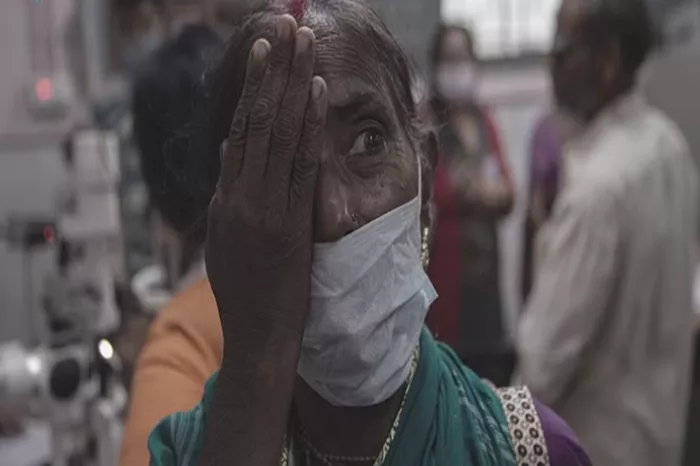Corneal blindness is experiencing a significant increase in India, with an estimated 20,000 to 25,000 new cases reported each year. This surge contributes to the existing 1.2 million cases, positioning corneal blindness as a leading cause of vision impairment in the country, accounting for 7.5% of the total blindness burden. A substantial portion of these cases is attributed to preventable conditions, such as eye infections and injuries, particularly in rural areas where access to timely medical intervention is limited.
Recent trends indicate a shift in the causes of corneal blindness. While infections like keratitis remain common, the incidence of eye trauma and injuries has been rising. Dr. Smit Bavaria, a cataract surgeon at Dr. Agarwals Eye Hospital in Mumbai, explained, “Keratitis can begin with mild symptoms such as redness or irritation. If untreated, it can progress to severe corneal scarring or opacity, leading to partial or total vision loss.” He emphasized that early diagnosis and intervention are crucial for infections or injuries that have not yet caused deep corneal damage. Unfortunately, in underserved regions, delays in treatment frequently result in irreversible blindness.
Dr. Preethi Naveen, Senior Cornea and Refractive Surgeon and Medical Director of Dr. Agarwals Eye Bank in Chennai, highlighted the primary contributors to India’s high rate of corneal blindness. She noted that infections, eye injuries in industrial and agricultural environments, and vitamin A deficiency are significant factors. “Approximately 1.2 million people in India are affected, with rural populations particularly vulnerable due to malnutrition and limited access to eye care services. Children and working-age adults are at the highest risk, especially in rural areas,” Dr. Naveen stated.
Despite advancements in diagnostic technologies such as anterior segment optical coherence tomography (AS-OCT) and corneal topography, access to care remains a challenge. Dr. Sanjana Vatsa, Cornea and Refractive Surgeon at Dr. Agarwals Eye Hospital in Bengaluru, pointed out, “Although corneal transplantation is highly successful, the shortage of corneal donors poses a significant barrier.” Currently, there are only 25,000 to 30,000 corneas available annually, while the demand for transplants stands at approximately 200,000, highlighting a substantial gap between supply and demand.
To effectively address the issue of corneal blindness in India, a multi-faceted approach is essential. This includes enhancing eye health education, improving access to care, and promoting corneal donation. Dr. Vatsa stressed the importance of raising awareness about the benefits of regular eye exams and the need for early intervention, particularly in rural areas, to prevent further vision loss.
Related topic:
Pacific ClearVision Expands LASIK Access in Eugene
Stevie Nicks Discovers Eye Disease After Experiencing Hallucinations
What Is the Best Homeopathic Remedy for Puffy Eyes?


